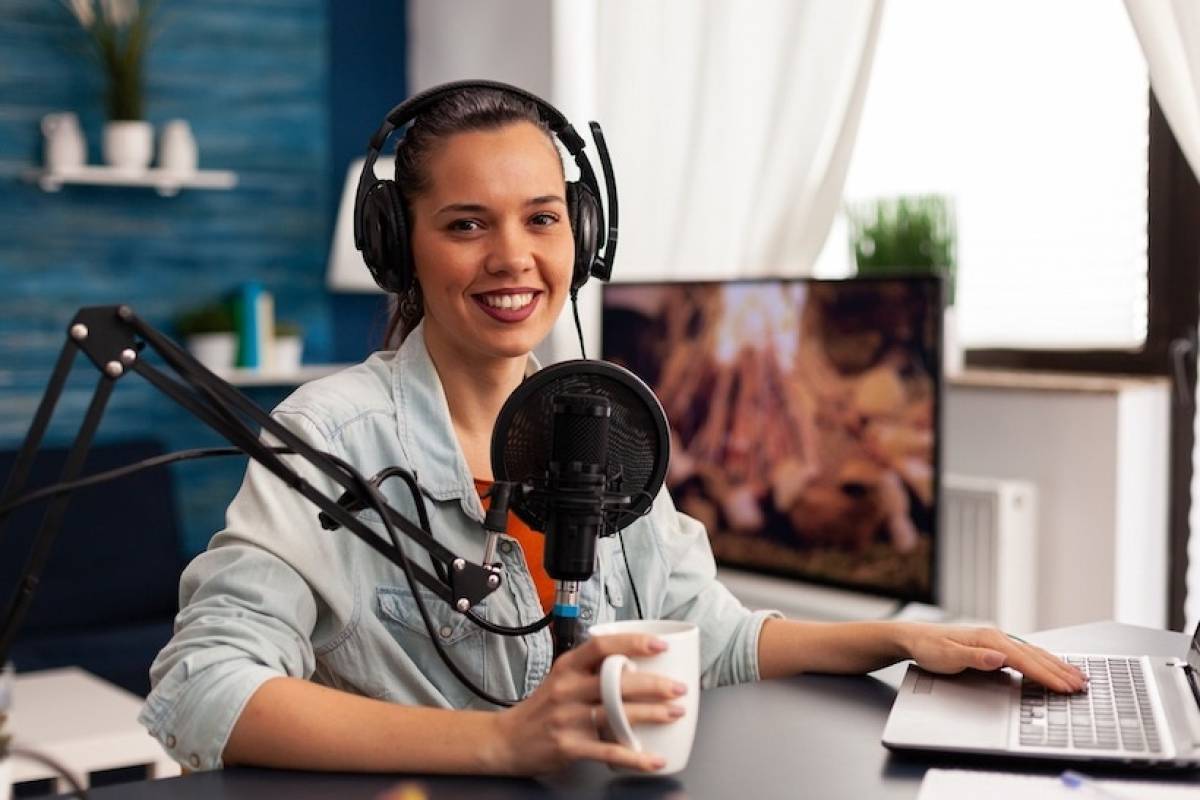Influencer Marketing: The Art of Working with Online Influencers

Influencer marketing is without a doubt one of the most effective marketing methods available today. Many experts believe it is the most effective marketing tactic available.
Unsurprisingly, influencer marketing has grown in importance and significance in the marketing environment over the past several years. Today, it is almost impossible to find brands that don't use influencers and blogging one way or another.
Influencer marketing is a powerful strategy that allows you to connect with your target audience in a genuine way. It may appear too good to be true, but the stats don't lie: studies show businesses make on average $18 for every $1 they spend on influencer marketing.
What Is Influencer Marketing?

Influencer marketing is essentially marketing that focuses on employing influential people to spread a brand's message to a wider audience. Instead of directly marketing to consumers, you encourage or pay influencers to spread the word about your business, brand, or products to their audience for you.
Influencer marketing predominantly leverages social media marketing and content marketing. Today, almost all influencer campaigns contain a social media component, with influencers expected to spread the word via their own social media networks.
Many influencer marketing initiatives also have a content component, where you either provide content for the influencers to share or they create it themselves. Social media marketing and content marketing are frequently used in influencer marketing efforts even though both are not the same thing.
Content marketing is simply the process of attracting new customers by publishing original content that’s relevant to target audiences such as blogs, articles, and video, while social media marketing uses constant outreach through a wide range of social media sites.
If content marketing builds consumer trust through knowledge, as WebFX explains, social media marketing builds it through interaction. Influencer marketing typically leverages both those marketing channels to reach audiences.
Significance of Influencer Marketing Today
The impact of influencer marketing on the economy has forever altered the way we purchase goods. Approximately 67% of businesses say they use influencer marketing in some way, a proportion that is certain to rise as online influencers receive more mainstream visibility.
With rising demand for online influencers, the influencer economy is turning toward more streamlined solutions, adopting technologies such as influencer networks, match-making platforms, and even programmatic to make it easier for brands to reach out to influencers.
Non-participating brands lose because consumers now have more power over the buying process, are clustered around certain influencers online, and other types of marketing like paid ads are not as effective as influencer marketing to reach the consumers.
Influencer marketing goes beyond the scope of paid digital ads that rely on clicks to continuously encourage engagement and dialogues that drive commerce, while also offering you KPIs that matter and correlate with your goals, such as:
- Obtaining new clients
- Increasing the number of repeat purchases
- Increasing customer retention
- Customer lifetime revenue maximization
Influencer marketing has all this power, but for it to be successful you must provide a clear call to action to the social media influencers and bloggers with whom you are collaborating, as well as meticulously manage your campaign.
Tips for Managing Your Influencer Marketing Campaigns

When working with popular bloggers and other online influencers in your influencer marketing campaigns, provide a clear call to action to the influencers with whom you are collaborating.
Besides that, use the following key tips to properly manage your campaigns:
1. Define your objectives
Before you begin, pen down all the objectives you would like to achieve. Through referral traffic and testimonials, influencer marketing may help you realize them and significantly raise your brand awareness.
Consider the following questions:
- Would you like to increase your SEO by getting more referral traffic and generating more connections to your website?
- Would you like more testimonials so that you can build greater trust?
- Are you looking to boost your sales?
- Is there a particular product you'd want to promote?
- Do you want to increase the number of individuals who sign up for your newsletter?
Ideally, pick just one of the aforementioned goals to make your campaigns more focused and easier to track and for the blogger you're working with to follow through.
2. Set a budget for your campaigns
What kind of budget do you have available for this campaign?
Many influencers with over 10,000 social media followers will request payment, say $100 for posting your marketing message on their channels. If you don't have a close relationship with these people, don't rule out the possibility of having to pay them.
Determine the amount of money you can pay each month for influencer marketing and even set aside a monthly budget for the "more established" bloggers.
Always set a budget and settle for an influencer collaboration deal that best meets your marketing objectives and doesn’t strain your finances too much.
3. Select a list of influencers to work with
When selecting influencers that will meet your campaign's needs, the number of followers an influencer has shouldn't be the only factor to consider.
In fact, it has been found that influencers with fewer followers on social media platforms like Instagram deliver more engagement than even those influencers with large followings.
Micro-influencers are increasingly gaining traction among brands wanting to maximize their marketing spending. As a result, try to strike the proper balance. Don't limit yourself to contacting only the most well-known bloggers who are represented by agencies.
Reach out to bloggers and influencers who are at least consistent, relevant, produce high-quality content, and can provide you with the value you seek one way or another.
4. Make contact with the influencers you’ve identified
Now comes the exciting part: contacting Influencers. You can email, call, or arrange a meeting with them. Whatever the approach, let it be appropriate for all parties involved.
When contacting influencers, your goal is to pique their interest and get them to learn more about your campaign and what you are looking to achieve with the partnership. Your goal is to get the influencers to respond to your email so that you may start a dialogue with them.
As with other professional engagements, the more professional, courteous, and well-thought-out your message, approach, and email to them, the more influential people will take you seriously and respond to your offer positively.
Work hard to build strong relationships with influencers and develop trust with them in a meaningful, collaborative, and mutually beneficial manner from the start to finish.
5. Start the campaign
You've reached out to select influencers and they're eager to work with you and your team. Now is the time to get your campaign up and running.
This is where you send the influencers you're collaborating with the instructions, promotion content, or other necessities they need to start the campaign. You can even create and provide them with affiliate links, promotion codes, or merchandise to boost campaigns.
Essentially, you will follow up with Influencers and supply them with everything they need to conduct the campaign, including codes, links, product images, logos, and so on. You can quickly create a Dropbox library to store all of your digital assets.
6. Evaluate the outcomes
You'll want to keep a close watch on your analytics and gauge the overall outcomes of your influencer marketing campaigns after it's up and running.
You can do that by checking different metrics such as referral traffic, post engagement, rise in followers, hashtag performance, increase in sales, and subscription numbers. Those are all important indicators to track overall influencer marketing performance.
Additionally, keep a close eye not just on the overall success of each campaign, but also the performance of each influencer as well so that you know who to work with in the future and how to improve your effort the next time around.
In conclusion
Just like other marketing methods, influencer marketing can take time to set up and deliver the results you want. But, when done well, it does bring results that can be worth every effort in the long run, helping to build brand awareness and increase sales and conversions.
So, start small, deliver value, and be consistent in your campaigns. Also cultivate meaningful relationships with bloggers and other influencers for successful, long-term partnerships.






















